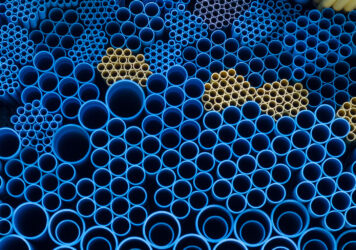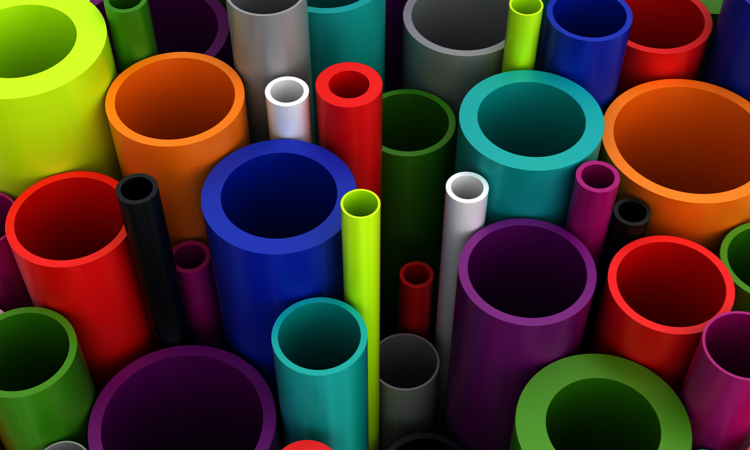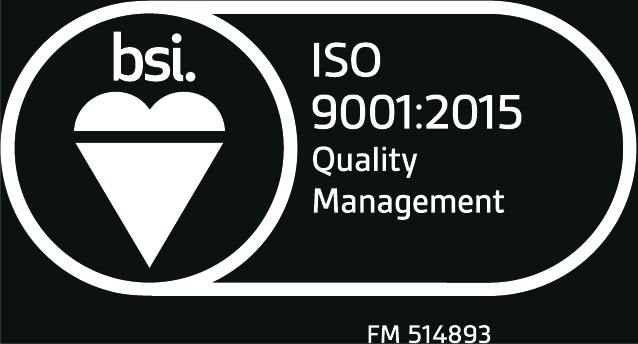
Why Wall Thickness Matters in Extruded Plastic Components
In the world of custom plastic extrusion, wall thickness is one of the most critical design parameters. Although it might seem like a simple measurement, wall thickness profoundly influences the strength, durability, manufacturing efficiency, and final cost of extruded components.
Understanding why wall thickness matters can help engineers and product designers optimize their parts for both performance and manufacturability. Let’s dive in.
The Role of Wall Thickness in Strength and Durability
Wall thickness directly impacts the structural integrity of an extruded plastic component. Thicker walls generally increase strength and resistance to impact or bending forces, making the part more robust in demanding applications. However, overly thick walls can add unnecessary weight and material cost, which may be detrimental in products where weight savings or cost efficiency are priorities.
Conversely, walls that are too thin may not provide adequate strength and can lead to parts that are prone to cracking, warping, or breaking under stress. The challenge lies in balancing thickness to provide sufficient durability without wasting materials or adding bulk.
Influence on Manufacturing and Quality
Wall thickness also plays a vital role in the extrusion process itself. Extrusion involves pushing molten plastic through a shaped die and cooling it into a solid profile. Consistent wall thickness helps ensure even flow and cooling of the plastic, resulting in a uniform and defect-free part.
If wall thickness varies too much within a profile, it can cause issues such as:
- Warping and Shrinkage. Uneven cooling rates cause different sections to contract unevenly, leading to distorted parts.
- Sink Marks and Voids. Thick sections cool more slowly and can create surface imperfections or internal voids.
- Die Swell and Flow Disruptions. Sudden changes in thickness affect how the plastic flows through the die, which may cause irregularities or weak points.
Maintaining consistent thickness throughout the extrusion reduces these risks, improving overall quality and minimizing production scrap.
Cost Considerations of Wall Thickness
Material usage is directly tied to wall thickness, making it a major factor in the overall cost of extrusion projects. Thicker walls require more raw plastic, which increases material costs. In addition, heavier parts can raise shipping expenses and complicate handling.
On the other hand, designing walls too thin in an effort to save material might lead to higher rejection rates or premature product failure, both of which drive up costs in the long run. Balancing material use with performance requirements is key to achieving cost-effective manufacturing.
Design Flexibility and Functional Performance
Wall thickness affects more than just strength and cost; it also influences a part’s flexibility, weight, and thermal performance. For example, thinner walls tend to be more flexible and lightweight, which might be desirable for snap-fit components or soft seals.
In contrast, thicker walls often provide better thermal insulation and resistance to environmental factors such as UV exposure or chemical contact. Choosing the right wall thickness ensures that the extruded component performs well in its intended environment.
Best Practices for Wall Thickness in Extrusion Design
- Aim for Uniform Thickness. Avoid abrupt thickness changes by incorporating smooth transitions and radii.
- Follow Material Guidelines. Different plastics have recommended thickness ranges for extrusion; consult material data sheets and extrusion experts.
- Prototype and Test. Validate thickness decisions early with prototypes and functional testing.
- Collaborate with Your Extrusion Partner. Experienced extruders can advise on optimal thickness for your design and material.
Custom Extrusion with Inplex
Looking for quality custom extrusion products and services? Inplex is one of the leading custom extrusion services in the US and has almost 60 years of experience. We pride ourselves on our ability to put the right talent and technology in place to perform the best possible job for our clients.
We own a 42,000 sq. ft. facility in Naperville, Illinois, that is temperature-controlled and features an environmentally friendly closed-loop water cooling system. If you have specific needs or questions, don’t hesitate to contact us!
Back to Blog



